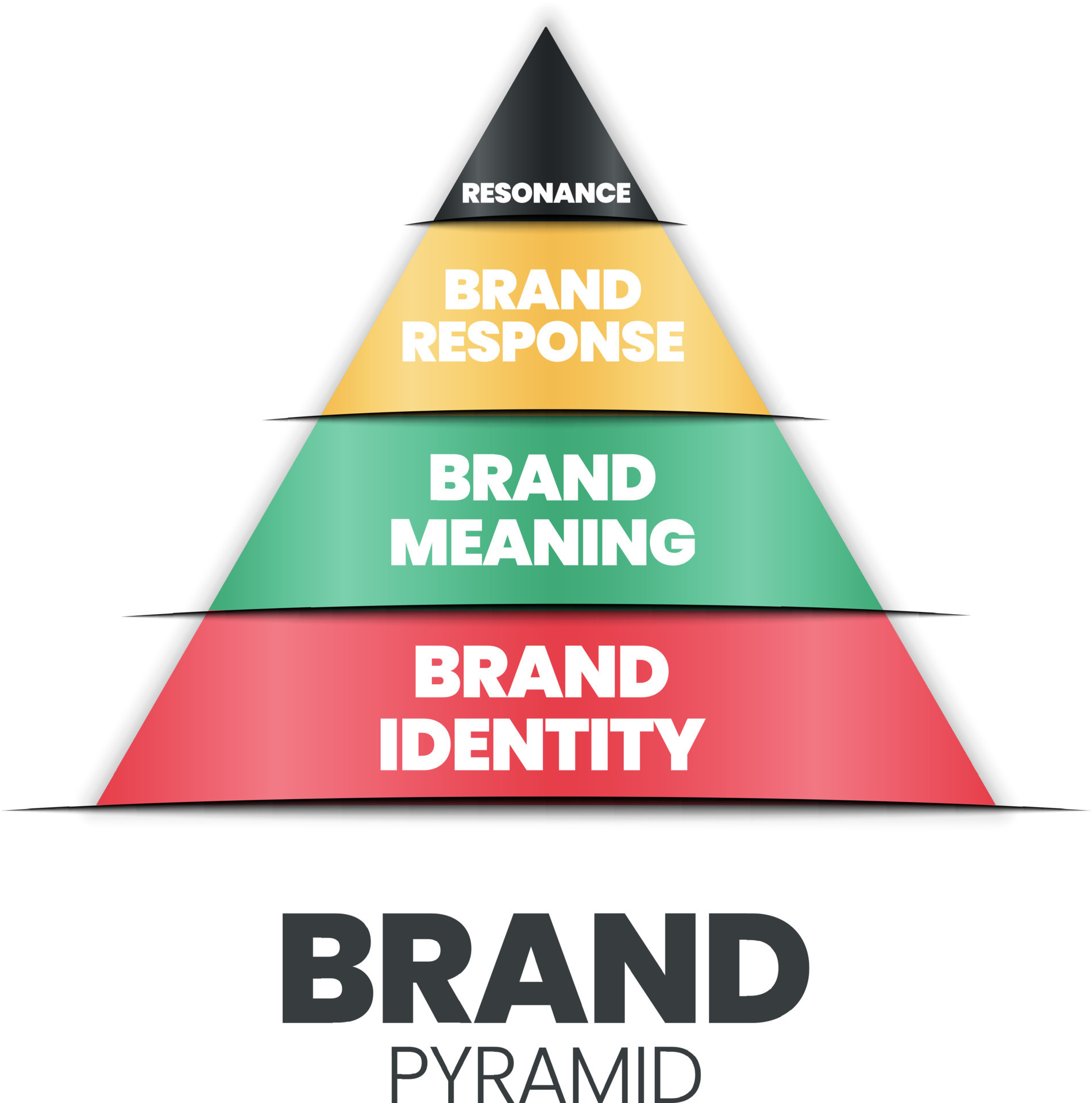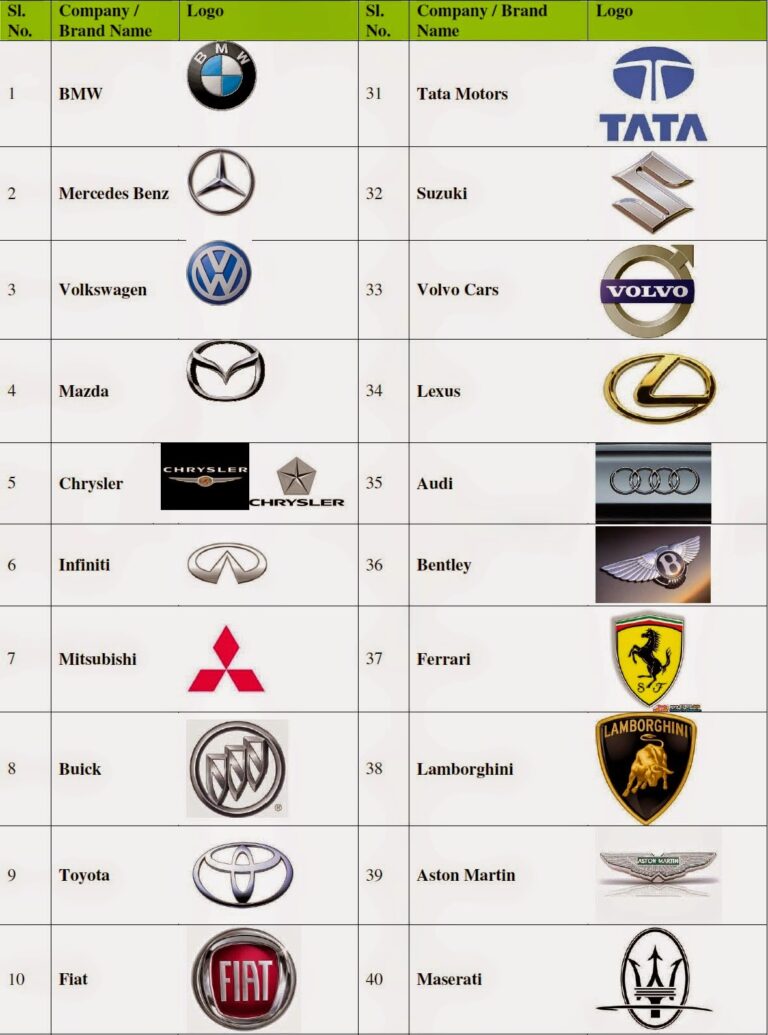Brand New Cars Under $20000: Your Comprehensive Guide to Affordable New Wheels
Brand New Cars Under $20000: Your Comprehensive Guide to Affordable New Wheels cars.truckstrend.com
In an automotive landscape increasingly dominated by rising prices, the idea of finding a brand new car for under $20,000 might seem like a relic of the past. Yet, for the budget-conscious buyer, this segment, though shrinking, still exists, offering a rare opportunity to drive off the lot in a vehicle that’s never been owned, complete with a factory warranty and the latest in basic safety and technology features. This comprehensive guide will navigate the nuances of the under-$20,000 new car market, helping you understand what’s available, what to expect, and how to make the smartest purchase for your needs.
The Elusive Yet Real Sub-$20k Market: An Introduction
Brand New Cars Under $20000: Your Comprehensive Guide to Affordable New Wheels
The allure of a brand new car is undeniable: that fresh car smell, pristine condition, the full manufacturer’s warranty, and the peace of mind knowing its complete history (or lack thereof). For many, however, the price tag associated with new vehicles has become a significant barrier. Enter the "under $20,000" category – a highly competitive and often overlooked niche where affordability meets modern reliability.
While the options are fewer than they once were, these vehicles serve a crucial purpose. They provide accessible transportation for first-time buyers, students, those looking for a dependable second car, or anyone prioritizing a low initial cost without sacrificing the benefits of new car ownership. This guide aims to demystify this segment, highlight its benefits, and equip you with the knowledge to make an informed decision, proving that brand new cars under $20,000 are not just a myth, but a tangible reality for savvy shoppers.
The Benefits of Buying New (Even on a Budget)
Even at the lowest price points, buying a brand new car offers distinct advantages over a used vehicle, making the initial investment worthwhile for many:
- Manufacturer’s Warranty: This is perhaps the biggest draw. New cars come with a comprehensive bumper-to-bumper warranty, typically covering major components for several years or tens of thousands of miles. This significantly reduces the risk of unexpected repair costs in the initial ownership period.
- Latest Safety Features: While base models might lack advanced driver-assistance systems found in higher trims, new cars are built to current safety standards and often include essential features like multiple airbags, anti-lock brakes (ABS), electronic stability control (ESC), and sometimes even basic forward collision warning or automatic emergency braking as standard.
- Reliability and Longevity: A brand new car has zero miles and no prior owner history, meaning you start with a clean slate. This translates to greater reliability, fewer immediate maintenance concerns, and potentially a longer lifespan for the vehicle under your care.
- Financing Options: New cars typically qualify for better interest rates on loans compared to used cars, potentially lowering your monthly payments over the loan term. Manufacturers also occasionally offer promotional financing deals.
- Advanced Technology (Basic): Even base models often include modern conveniences like touchscreen infotainment systems, Apple CarPlay/Android Auto integration, Bluetooth connectivity, and USB ports, enhancing the driving experience.
- That New Car Smell: While subjective, the psychological benefit of driving a brand new car, untouched by previous owners, is a significant perk for many buyers.

What to Expect: Features and Limitations in the Sub-$20k Range
When shopping for a brand new car under $20,000, it’s crucial to manage expectations. These vehicles are designed with cost-effectiveness as a primary goal, meaning you’ll typically find:
- Basic Trim Levels: You’ll almost exclusively be looking at the absolute base models. This means manual transmissions might be standard (though automatics are often an affordable upgrade), and you’ll miss out on premium features like sunroofs, leather seats, heated seats, larger alloy wheels, and advanced infotainment systems.
- Smaller Engines: To keep costs and fuel consumption low, these cars usually come with smaller, less powerful engines. They are perfectly adequate for city driving and highway cruising, but don’t expect rapid acceleration or high towing capacity.
- Modest Interiors: Interiors will be functional and durable, often featuring hard plastics and cloth upholstery. While not luxurious, they are designed to withstand daily wear and tear.
- Essential Safety Features: As mentioned, expect standard airbags, ABS, and ESC. More advanced driver aids like blind-spot monitoring or adaptive cruise control are rare or only available on higher, more expensive trims.
- Fuel Efficiency: A major upside of smaller engines and lighter vehicles is excellent fuel economy, which helps offset ongoing ownership costs.
- Limited Customization: Options and packages are typically minimal at this price point. What you see in the base model is largely what you get.
Understanding these limitations upfront helps ensure you’re satisfied with your purchase and don’t feel shortchanged. These cars excel at providing reliable, efficient, and affordable transportation, not luxury or high performance.
Top Contenders: Models to Look For (and Their Realities)
As of late 2023 and early 2024, the list of truly new cars with a starting MSRP under $20,000 (before destination charges, taxes, and fees) is extremely narrow. The market has seen significant price increases. However, a few models consistently try to hold the line:
- Mitsubishi Mirage (and Mirage G4 sedan): Often the absolute cheapest new car available. It’s known for its incredibly high fuel efficiency (often over 35 MPG combined) and a class-leading 10-year/100,000-mile powertrain warranty. It’s basic, but functional, and the hatchback offers decent cargo space.
- Nissan Versa: A surprisingly well-equipped subcompact sedan for its price. The base S model often starts under $20k, offering a comfortable ride, decent trunk space, and often includes basic safety features like automatic emergency braking. It feels more substantial than the Mirage.
- Kia Rio (and Rio 5-Door hatchback): Another strong contender, the Rio offers a peppy engine for its class, stylish design, and a comfortable interior. Like the Versa, its base LX sedan or S trim can often be found under $20,000, and it also comes with Kia’s excellent 10-year/100,000-mile powertrain warranty.
It’s important to note that "under $20,000" usually refers to the manufacturer’s suggested retail price (MSRP) for the base model. Destination charges (a mandatory fee from the factory to the dealership, typically $900-$1,200), taxes, registration, and other dealer fees will always push the final out-the-door price above this figure. Always factor these additional costs into your budget.
Navigating the Buying Process: Practical Advice for Budget Buyers
Securing a new car under $20,000 requires a strategic approach. Here’s how to maximize your chances:
- Be Flexible with Features: Your budget dictates sticking to the absolute base models. Don’t get swayed by higher trims or optional packages that push the price over your limit. Prioritize essentials over luxuries.
- Research Thoroughly: Know the exact MSRP of the base model for your target vehicles, including destination charges. Check manufacturer websites for current incentives, rebates, or special financing offers.
- Contact Multiple Dealerships: Don’t limit yourself to one dealer. Reach out to several in your area (and even slightly outside) to compare prices and available inventory. Tell them upfront you’re looking for the absolute base model.
- Inquire About Out-the-Door Pricing: When negotiating, always ask for the "out-the-door" price, which includes all fees, taxes, and charges. This prevents surprises later.
- Negotiate (Respectfully): While margins are thin on these low-priced cars, there might still be a little wiggle room, especially if you’re a cash buyer or have pre-approved financing. Be firm but polite.
- Consider Last Year’s Models: Sometimes, dealerships might have a few "new old stock" vehicles from the previous model year that they are eager to clear out. These can offer significant savings and still qualify as "new" with a full warranty.
- Understand Financing: Get pre-approved for a loan from your bank or credit union before visiting the dealership. This gives you leverage and a benchmark interest rate. Compare it with any dealership-offered financing.
- Don’t Forget Trade-Ins: If you have a trade-in, research its value beforehand using sites like Kelley Blue Book (KBB) or Edmunds. Negotiate the new car price separately from your trade-in value to avoid confusion.
Hidden Costs and Ongoing Considerations
While the upfront purchase price is a major factor, owning a car involves ongoing expenses. Factor these into your overall budget:
- Destination Charges, Taxes, and Fees: As mentioned, these will push your final price over $20,000. Be prepared for them.
- Insurance: Get insurance quotes before you buy. Rates vary significantly based on the car, your driving history, location, and coverage level. While these cars are often cheaper to insure than more expensive models, it’s still a significant monthly cost.
- Registration and Licensing: Annual fees required by your state to legally operate the vehicle.
- Fuel Costs: While these cars are fuel-efficient, gas prices fluctuate. Factor in your estimated monthly fuel budget based on your driving habits.
- Maintenance: Even new cars require regular maintenance (oil changes, tire rotations, filter replacements, etc.). While covered by warranty for defects, routine upkeep is your responsibility. These cars typically have lower maintenance costs due to simpler mechanics.
- Accessories: Don’t forget floor mats, cargo nets, or other small accessories you might want. Try to negotiate these in.
- Depreciation: All new cars depreciate, but entry-level models might hold their value slightly better in percentage terms if they remain in high demand as affordable options. However, their lower initial price means the dollar amount of depreciation will be less impactful than on a more expensive car.
Is It the Right Choice for You?
Buying a brand new car under $20,000 is an excellent choice for specific buyer profiles:
Pros:
- Peace of mind: Full warranty, no hidden history.
- Reliability: Brand new components, less likely to break down.
- Safety: Built to current standards.
- Efficiency: Excellent fuel economy.
- Lower ongoing maintenance: Fewer major repairs needed early on.
- Better financing: Potentially lower interest rates.
Cons:
- Limited options: Very few models fit the criteria.
- Basic features: No frills, often manual transmissions.
- Less power: Smaller engines, not ideal for heavy loads or aggressive driving.
- Depreciation: While less in dollar terms, still loses value once driven off the lot.
- Out-the-door price: Will always exceed $20,000 once taxes and fees are added.
If your priority is reliable, efficient, and affordable transportation with the benefits of a new car warranty, and you don’t need luxurious features or high performance, then a new car under $20,000 could be your ideal choice. If you need more space, power, advanced features, or simply more options, you might need to reconsider your budget or explore the used car market.
Brand New Cars Under $20,000: Price Table (Approximate Starting MSRPs)
Note: Prices are approximate starting MSRPs for base models in late 2023/early 2024 and do NOT include destination charges, taxes, registration, or dealer fees, which will push the final out-the-door price over $20,000.
| Model | Body Style | Starting MSRP (Approx.) | Key Features (Base) | Pros | Cons |
|---|---|---|---|---|---|
| Mitsubishi Mirage | Hatchback | $16,700 | 7-inch touchscreen, Apple CarPlay/Android Auto, ABS | Excellent fuel economy, Long warranty, Very affordable | Underpowered engine, Basic interior, Road noise |
| Mitsubishi Mirage G4 | Sedan | $17,700 | 7-inch touchscreen, Apple CarPlay/Android Auto, ABS | Excellent fuel economy, Long warranty, Large trunk | Underpowered engine, Basic interior, Road noise |
| Nissan Versa S (MT) | Sedan | $16,100 | 7-inch touchscreen, Auto Emergency Braking, USB | Comfortable ride, Good trunk space, Modern styling | Manual transmission (base), Noisy CVT (optional), Basic trim |
| Nissan Versa S (Xtronic CVT) | Sedan | $17,800 | 7-inch touchscreen, Auto Emergency Braking, USB | Automatic convenience, Good fuel economy, Modern styling | Noisy CVT, Basic trim, Limited features |
| Kia Rio LX | Sedan | $17,900 | 8-inch touchscreen, Wireless Apple CarPlay/Android Auto, ABS | Peppy engine for class, Stylish, Good warranty | Basic interior, Limited rear legroom, Few standard safety features |
| Kia Rio S | Sedan | $18,500 | 8-inch touchscreen, Wireless Apple CarPlay/Android Auto, Cruise Control | Good value, Stylish, Strong warranty, More features than LX | Basic interior, Limited rear legroom |
| Kia Rio 5-Door LX | Hatchback | $18,800 | 8-inch touchscreen, Wireless Apple CarPlay/Android Auto, ABS | Versatile cargo space, Peppy engine, Good warranty | Limited availability, Basic interior |
Note: Availability and exact pricing can vary by region and dealership. Always confirm current pricing and incentives with a local dealer.
Frequently Asked Questions (FAQ)
Q1: Are there really any brand new cars under $20,000 in 2024?
A1: Yes, but the options are extremely limited. As detailed in the table above, the Mitsubishi Mirage, Nissan Versa, and Kia Rio are the primary contenders that have a starting MSRP below $20,000. It’s crucial to remember that the "out-the-door" price (including destination charges, taxes, and fees) will always be higher.
Q2: What is the "out-the-door" price?
A2: The out-the-door price is the total amount you will pay to drive the car off the lot. It includes the vehicle’s MSRP, destination charges, sales tax, registration fees, licensing fees, and any dealer documentation fees. Always ask for this comprehensive figure when negotiating.
Q3: Will these cheap new cars be reliable?
A3: Generally, yes. As new vehicles, they come with a full manufacturer’s warranty, covering major components for several years. While they are basic, they use proven technology and are built to modern quality standards. Regular maintenance is key to their longevity.
Q4: Are new cars under $20,000 safe?
A4: All new cars sold in the U.S. must meet rigorous federal safety standards. While they may not have all the advanced driver-assistance systems of more expensive vehicles, they come standard with essential safety features like multiple airbags, anti-lock brakes (ABS), and electronic stability control (ESC). Many now also include basic automatic emergency braking.
Q5: Is it better to buy a cheap new car or a well-equipped used car for the same price?
A5: This depends on your priorities. A new car offers peace of mind with a warranty, no prior owner history, and often better financing. A used car for the same price might offer more features, a larger size, or more power, but comes with potential unknown history, no warranty (or a limited one), and potentially higher maintenance costs down the line. If reliability, low initial cost, and a warranty are paramount, new is better. If features and size are more important, used might be the way to go.
Q6: What about financing for these affordable new cars?
A6: New cars, even at this price point, generally qualify for standard new car financing rates, which are often lower than used car rates. Manufacturers may also offer special promotional rates or incentives that can make payments even more affordable. Getting pre-approved through your bank or credit union is always a smart first step.
Conclusion: Driving New Within Your Budget
Finding a brand new car under $20,000 is undeniably a challenge in today’s market, but it’s not impossible. This segment offers a vital entry point into new car ownership, providing buyers with reliability, modern safety features, and the peace of mind that comes with a full manufacturer’s warranty, all at the lowest possible price point.
While you’ll need to manage your expectations regarding luxury features and powerful engines, the vehicles available in this category excel at providing economical, efficient, and dependable transportation. By being a savvy shopper, understanding the true "out-the-door" costs, and focusing on your core needs, you can absolutely drive off the lot in a vehicle that’s truly yours, brand new, and comfortably within your budget. The dream of affordable new car ownership is alive and well for those willing to look closely and make informed choices.





